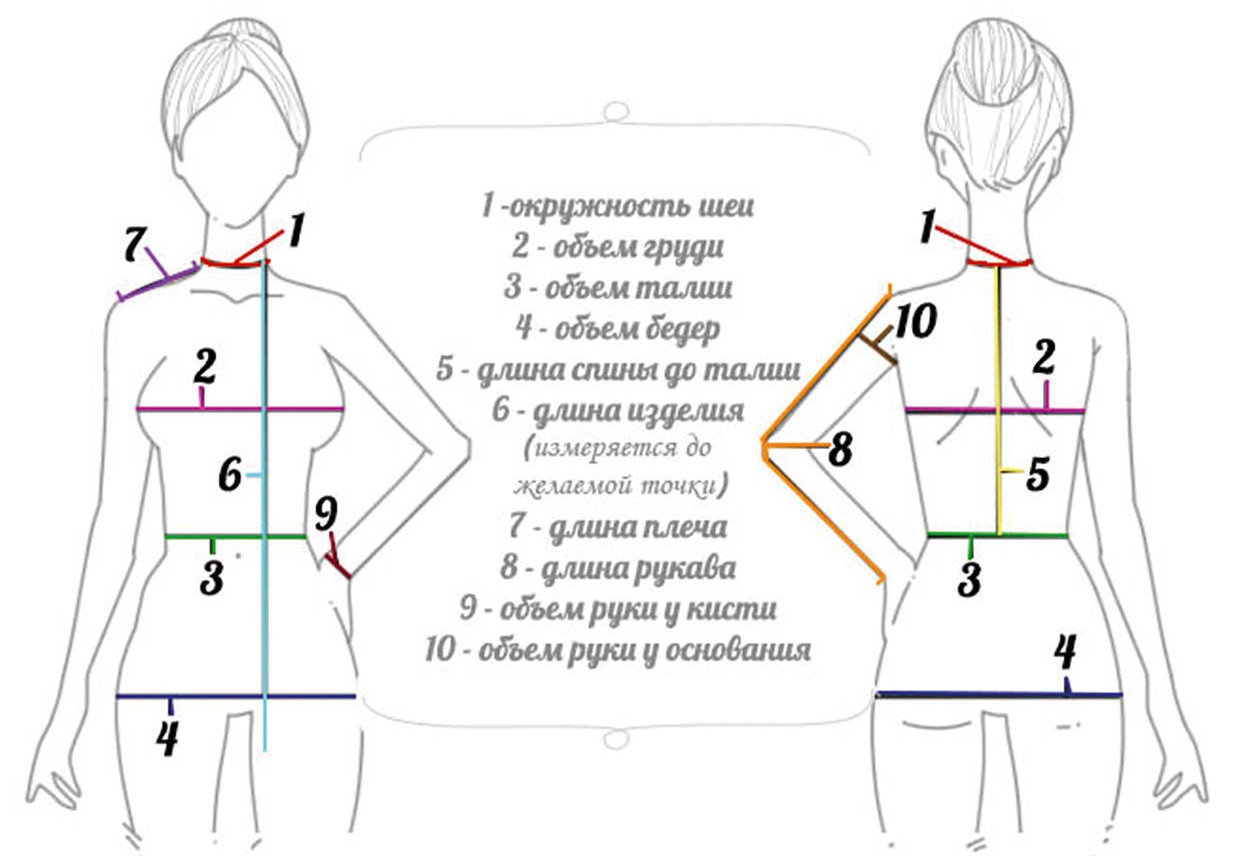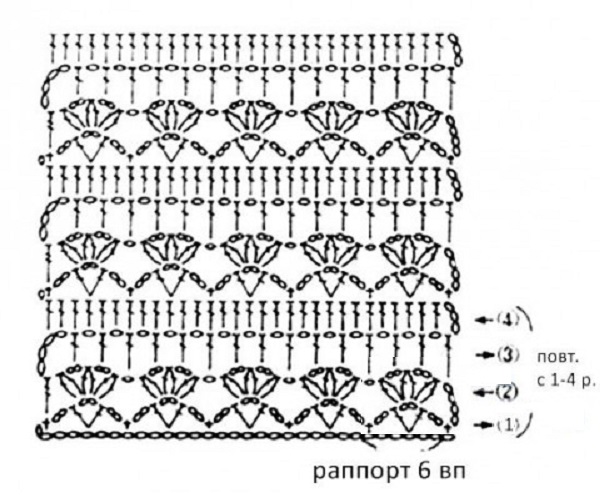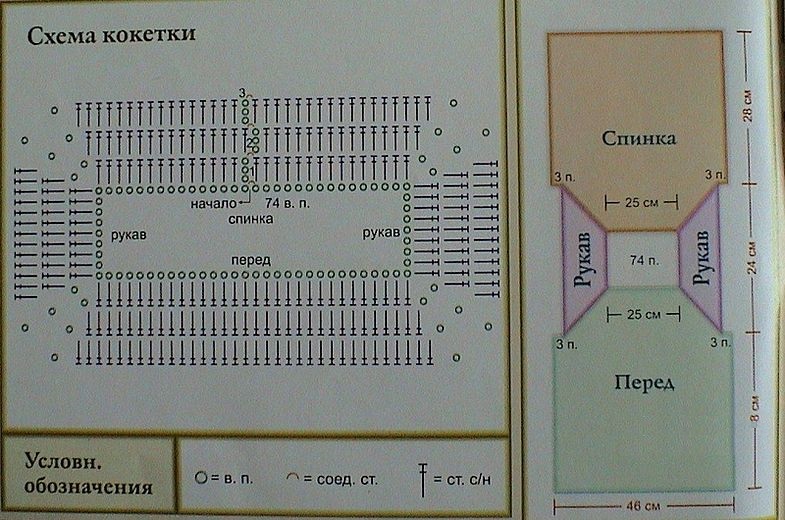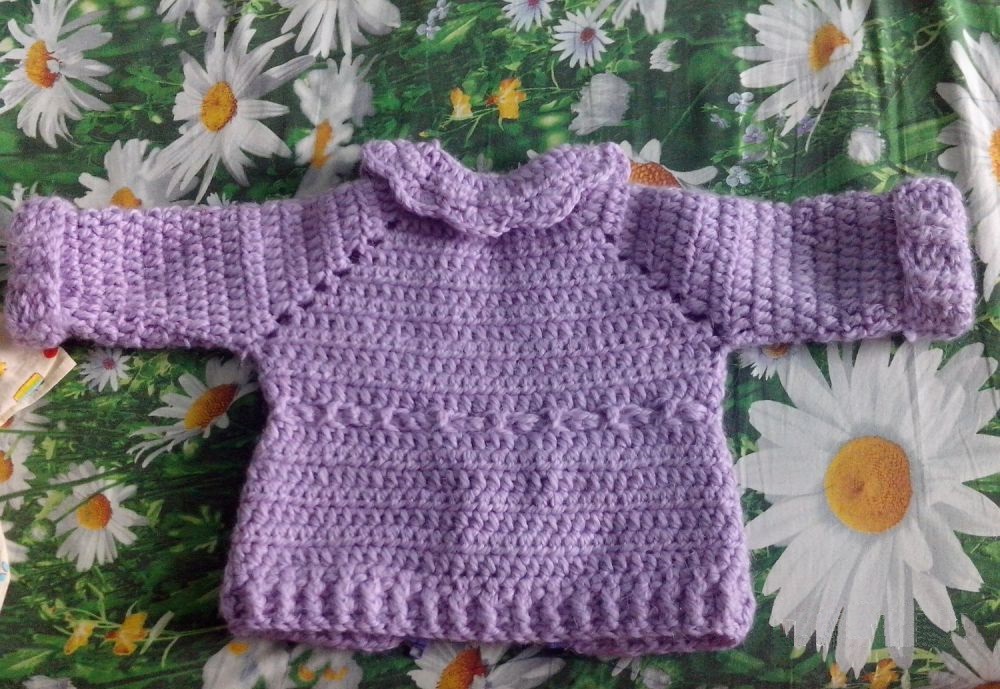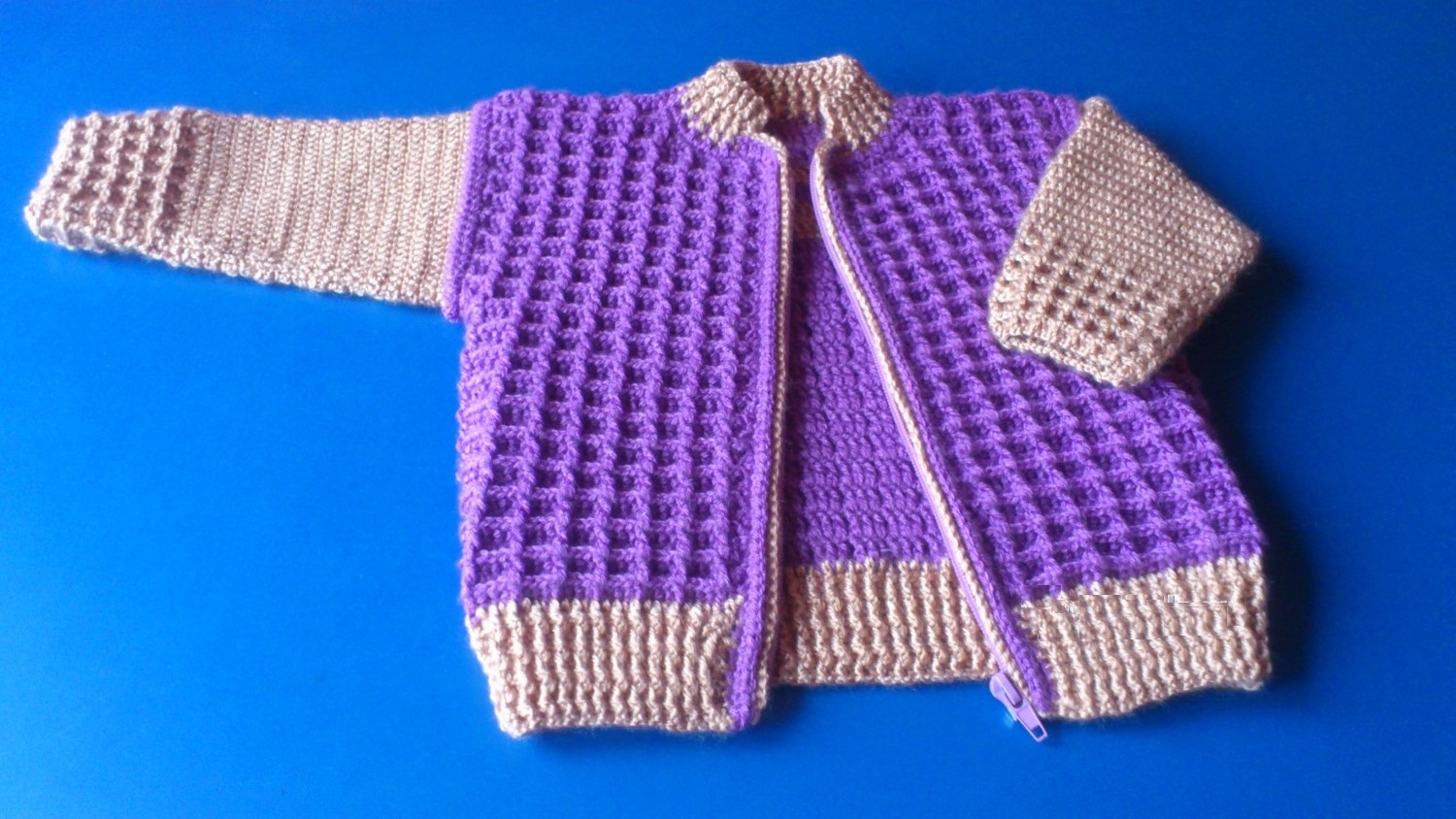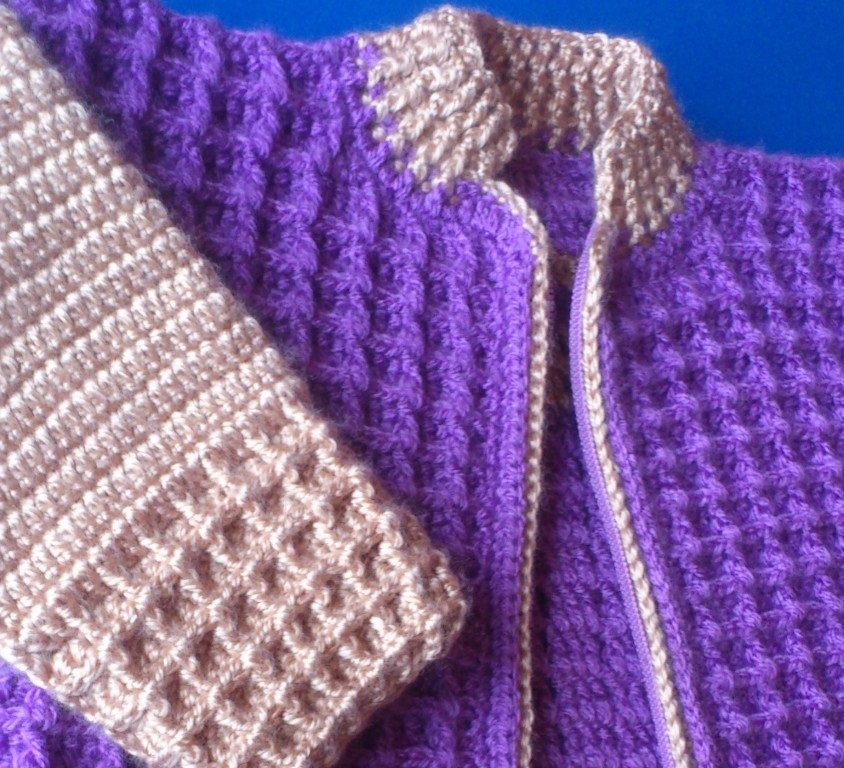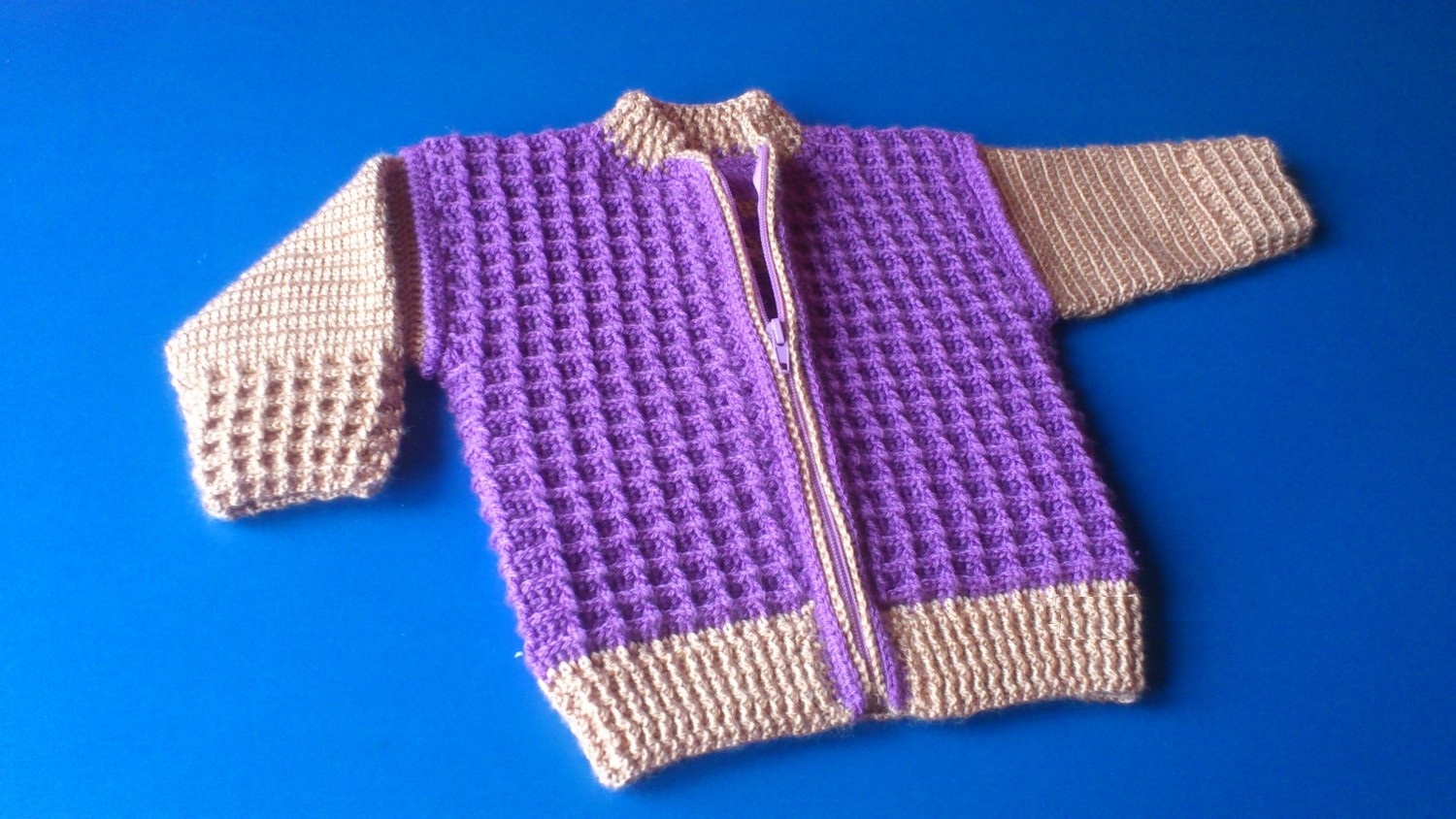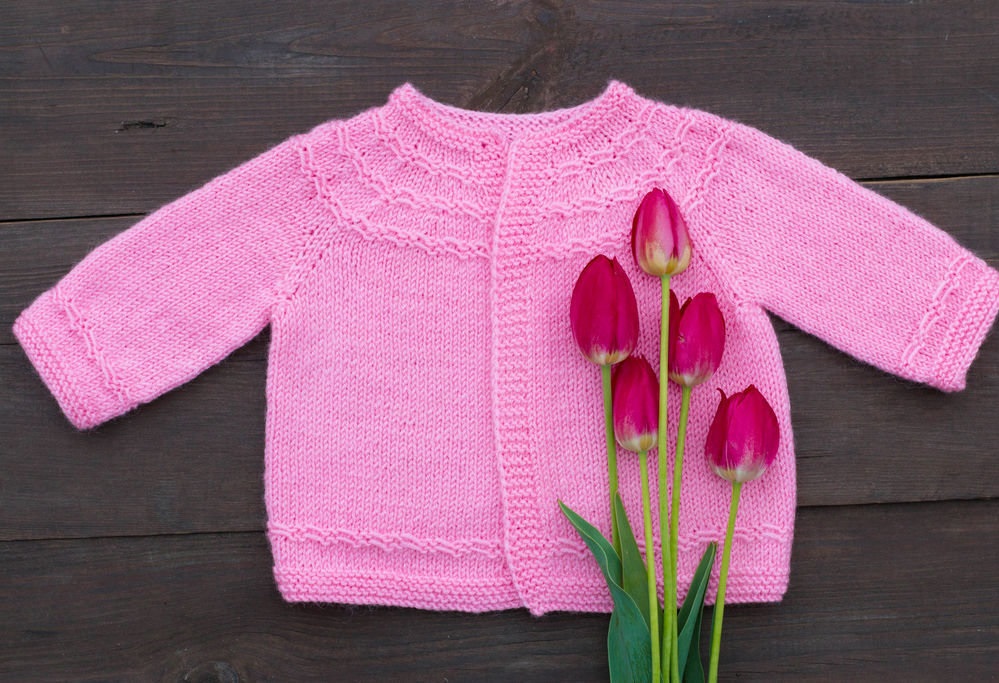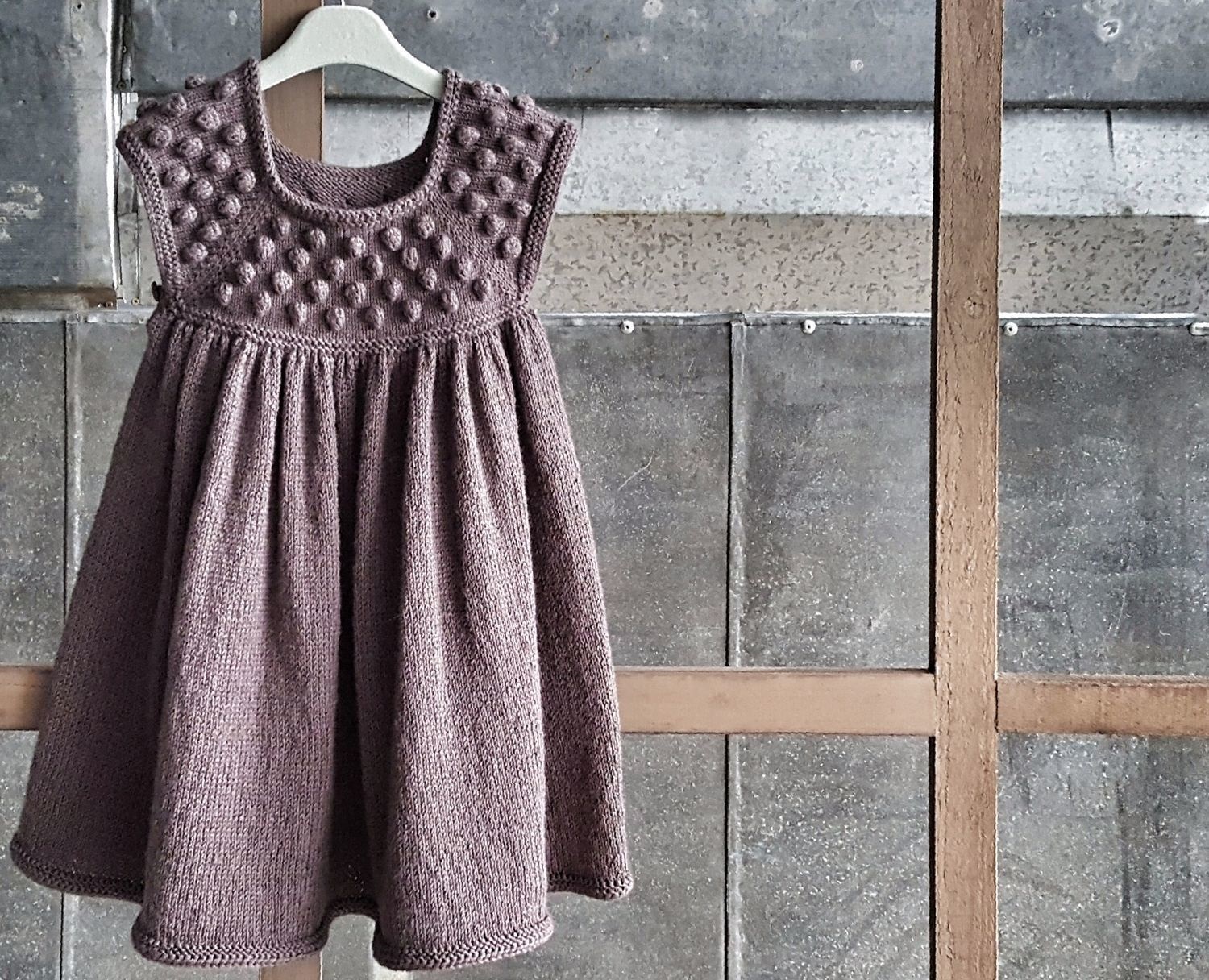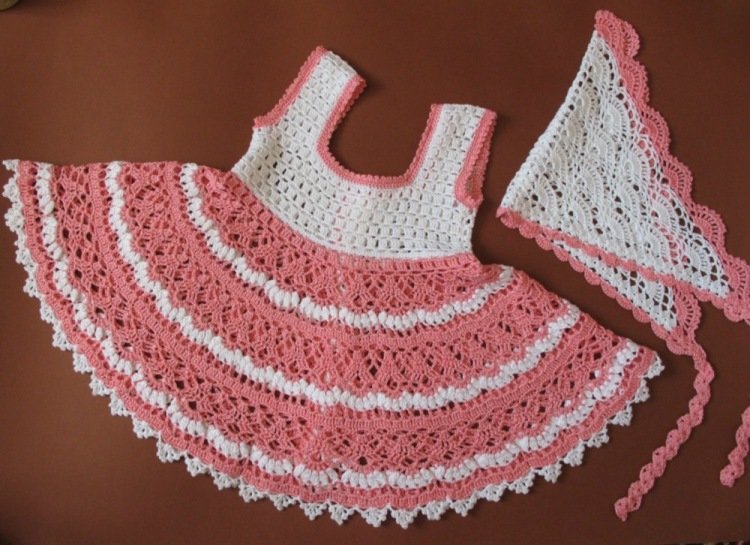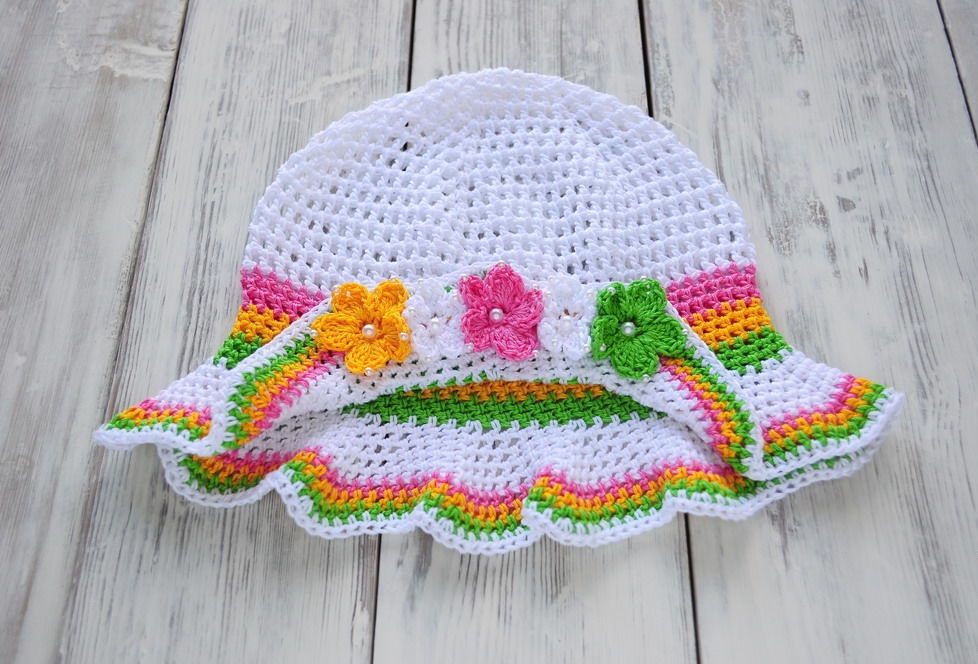In the first years of a child's life, it is important that the clothes they wear are pleasant to the skin and do not cause irritation. Therefore, mothers often prefer knitted items. A soft and warm crochet blouse for a girl can be knitted in a few evenings. Such a thing will be needed for going outside in cold weather.
Selecting quality yarn
For children, it is advisable to knit things from acrylic or with its content, as it is more pleasant to the touch. For example, you can take YarnArt Baby yarn, which does not contain wool, or Nako Paris with 60% polyamide, which makes the thread quite soft. Summer jumpers are good from such yarns. For a warm children's crochet sweater, you can take Alize Softy thread, which is 100% micropolyester. For winter, Alize Baby Wool yarn is suitable - it is 40% wool, 20% bamboo and 40% acrylic.
The size of the appropriate hook is often written on the yarn labels. For Baby Wool it is 2-3 mm, YarnArt and Nako Paris – 3-3.5 mm. The wider the diameter, the less dense the knitting is. The most famous company that makes high-quality hooks is KnitPro. Often, their handle is made of rubber, and everything else is made of metal. Many needlewomen prefer wooden hooks: they are convenient to use, but not as durable.

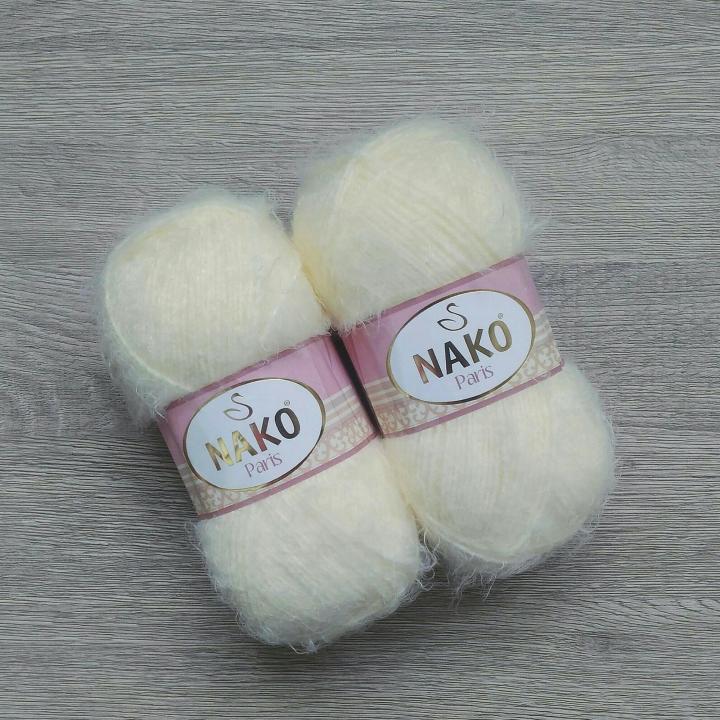
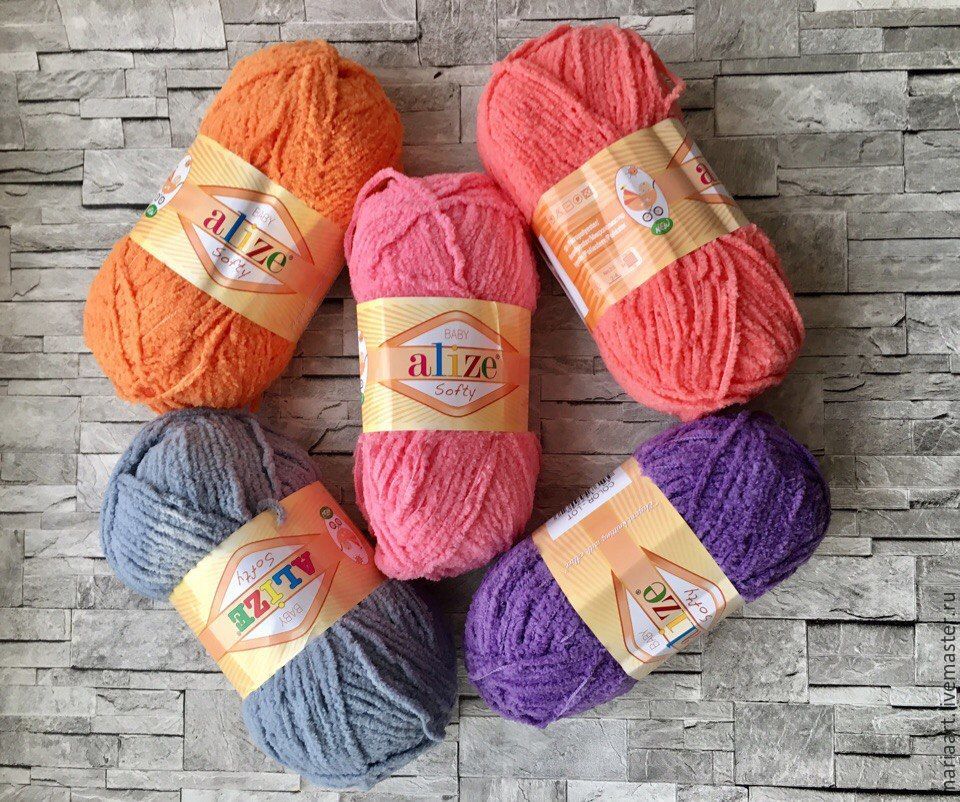
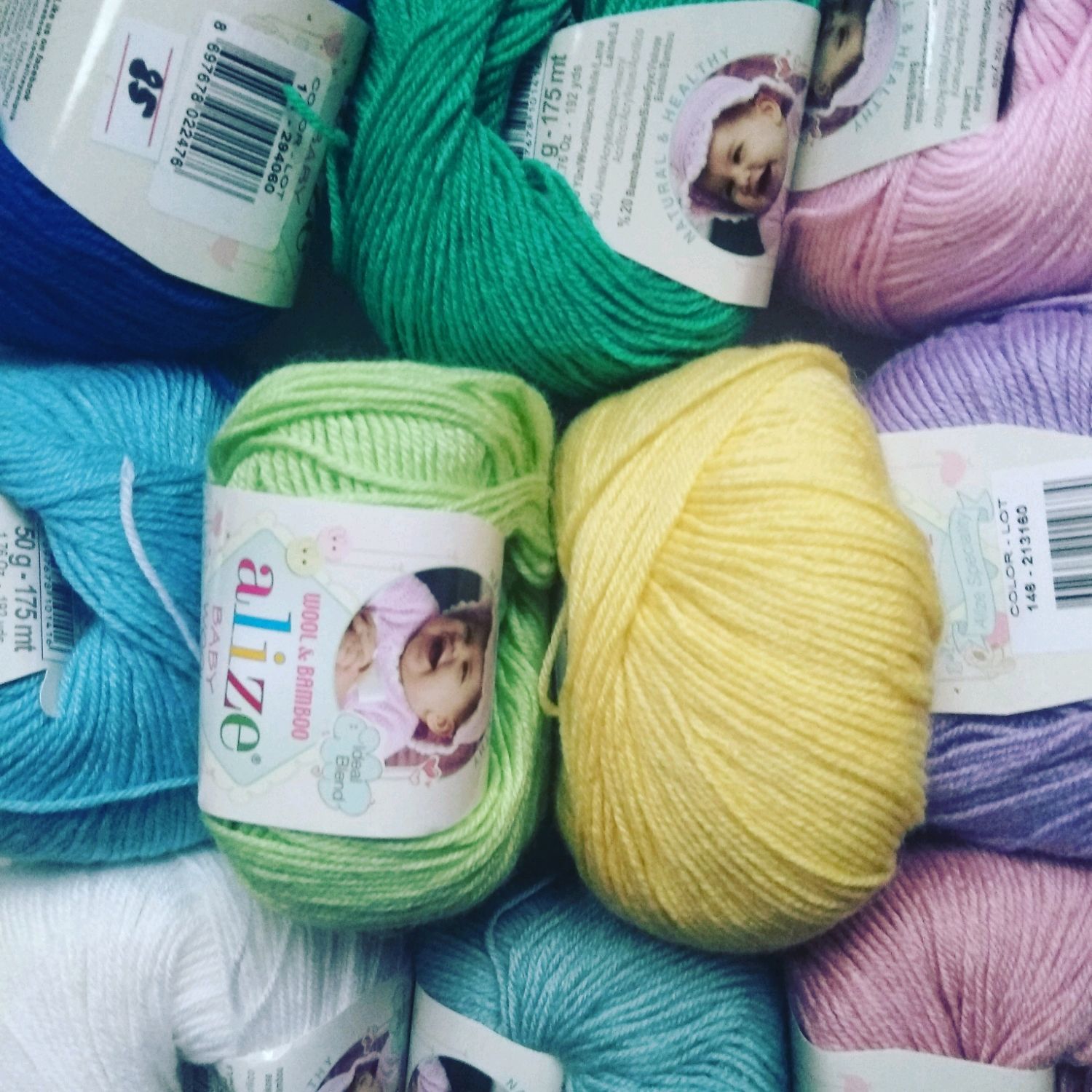
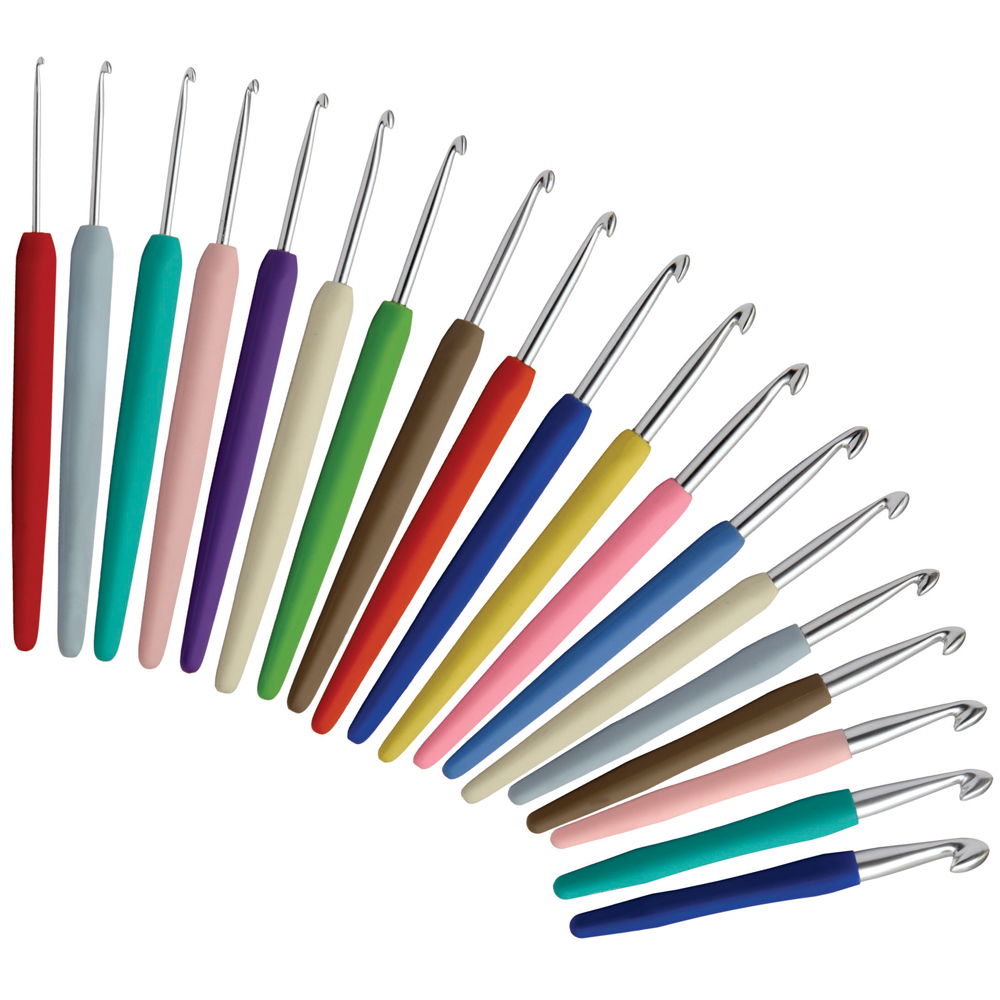
Techniques and patterns
To crochet a blouse for a girl, different patterns and techniques are used:
- Simple columns. This technique is quite diverse. You can knit with a half column, a column with one, two, three yarns. KBy combining these elements, we get create completely different things. This method is the simplest, and many needlewomen start with it.
- Openwork knitting. Used for elegant items. Openwork patterns made of white yarn look especially beautiful. The technique is relatively simple, but it is better for beginner needlewomen not to take it up right away.
- Motifs. Many knitters like to work with this technique, as it is an easy way to make something interesting. First, squares or circles with a certain pattern are knitted, then a product is sewn from them.
- Lace knitting. It can be used to decorate cuffs or fronts.
Each needlewoman chooses for herself which technique she likes. A knitted hood can be added to the finished product. In addition, children's sweaters are decorated with bows, ribbons, flowers, bead embroidery or beads.
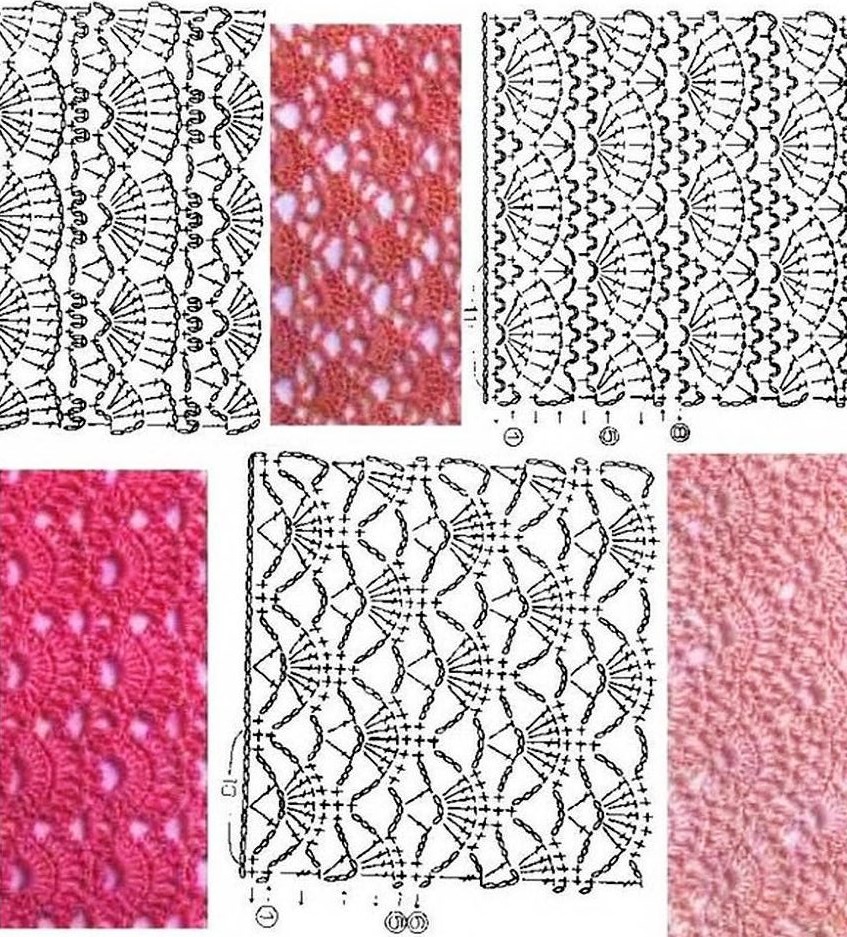

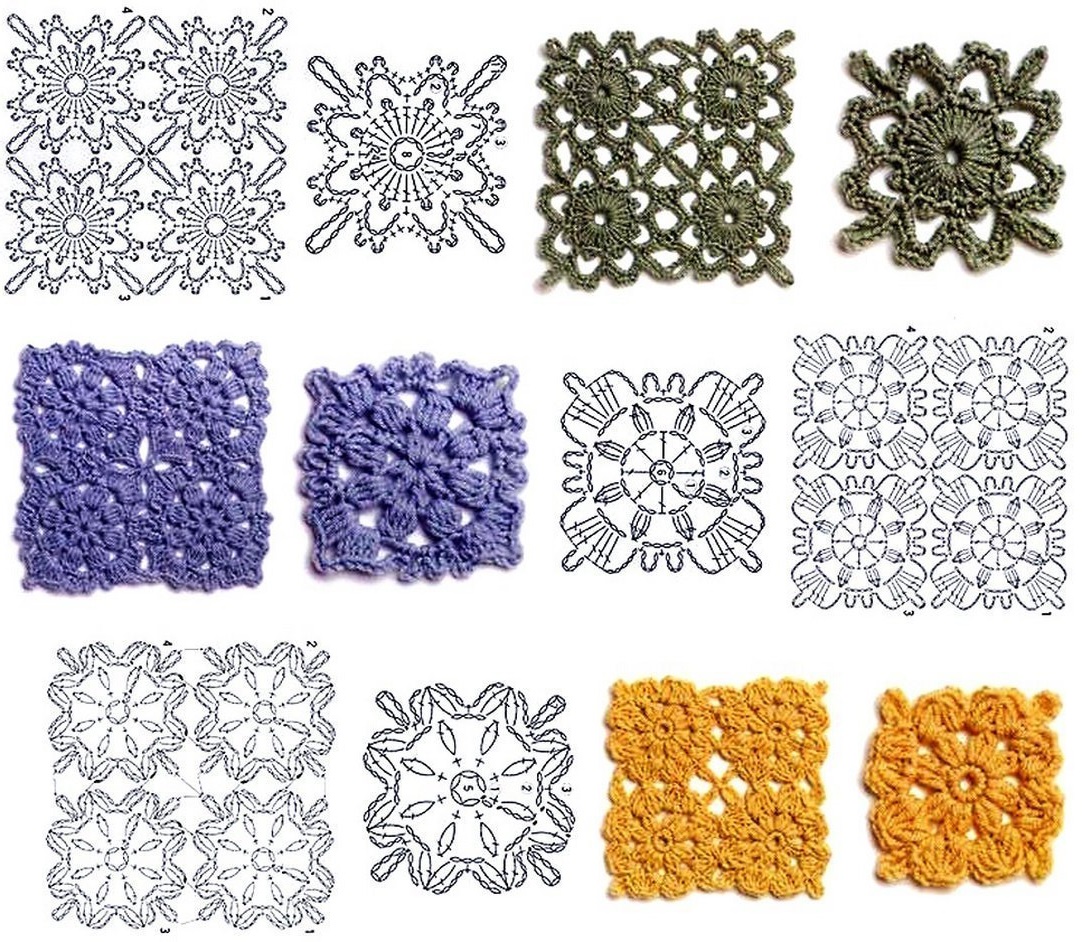

Measurements and pattern
In order to crochet a baby blouse of the correct size, you need to take the following measurements:
- Chest circumference (CG).
- Hip circumference (HC).
- Neck circumference (NC).
- Length from neck to waist along the back (LB).
- Shoulder length (SL).
- Arm length (AL).
- Wrist circumference (WC).
- Desired length of the product (DL).
For circumference and girth, only half the measurement is calculated.
Since the children's summer blouse will be worn over other clothes, it is advisable to add a few centimeters of allowance so that it fits loosely on the child.
To adapt the pattern you like to the required size, you need to knit a small sample of approximately 15 by 15 cm. Next, you need to count how many rows and columns have been knitted, divide this number by 2. For example, 40 loops have been knitted - this is approximately 3 in each 1 cm. From the resulting numbers, you can understand how many rapports of the pattern need to be knitted.
Stages of knitting fashionable sweater models
Beginners usually have difficulty deciphering diagrams, so to make them easier to read, it is worth writing out and remembering the basic symbols:
- SC – single crochet, depicted as a vertical line or plus;
- CH – double crochet, looks like the letter T on the diagram;
- С2Н – a column with two yarns, a line with two perpendicular lines, the number of lines indicates the number of yarns;
- PS – half-column, depicted as a semicircle;
- VP – air loop, presented in the form of a small circle;
- The beginning and end of a rapport (repeating part of a pattern) are indicated by asterisks.
These are the simplest types of loops and columns that are used in patterns for beginners. There are other knitting elements, they are needed for more complex patterns.
Openwork summer for baby
An openwork blouse for a girl is knitted from acrylic, as this thread will not create discomfort when in contact with the child's skin. The product is made whole or with buttons - it depends on the desire of the craftswoman. Knitting is carried out according to the following algorithm:
- The first part is knitted with the "tick" pattern, which is on the diagram. This will be the yoke. Then the "tulip" pattern is used up to a width of about 13 cm.
- The knitted product is tried on the girl, after which it is calculated how many rapports need to be knitted. Then the sweater is knitted in turning rows.
- The front and back are knitted, then the sleeves.
- The neckline, cuffs and bottom of the sweater can be trimmed with a shell pattern.
- The parts are sewn together in the following sequence: back, front panels, sleeves.
- The finished product must be washed and steamed well with an iron.
If desired, a crocheted sweater for girls can be decorated with satin ribbons and beautiful buttons. You can also add a patch or iron-on transfer.
It is easy to make an openwork summer blouse for a child from 2 years old:
- For this model, Etamin yarn is suitable, it contains 100% acrylic, hook size is 1.5 mm.
- Knitting begins with the neck. We collect a chain of 99 air loops and knit a yoke according to the pattern.
- After 11 rows, fold the fabric in half along the key lines; the back and front are knitted in a circle.
- At a height of 32 cm from the shoulder line, knitting ends.
- We knit the sleeves from the yoke using an openwork pattern.
- The neck needs to be tied with single crochet stitches. The crocheted girl's sweater is ready.
To mark the front of the product, you can sew on a button or satin ribbons in the color of the yarn. Also, if desired, you can knit cuffs to the sleeves with an elastic band. Such a blouse for a girl is considered one of the easiest to make.


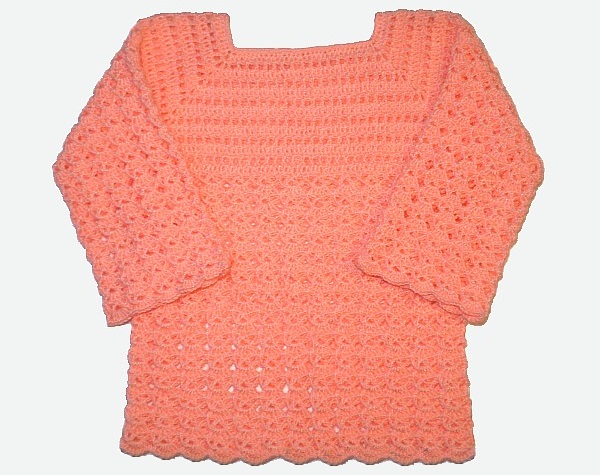
For Beginners
Beginner needlewomen should try thick yarn, as sweaters and blouses are knitted from it quite quickly. A crochet item for a girl made from such a thread is suitable for cold seasons. Instructions for making:
- The optimal yarn composition is: 30% angora, 30% wool and 40% acrylic. A 4 mm hook will be suitable for this thread.
- First, raglan is knitted with half-columns. For this, 40 air loops are cast on, 9 rows are made, in the 10th the armholes are closed and then - another 11.
- After this, a 1 by 1 elastic band is knitted with relief double crochets, alternating front and back. There should be three such rows.
- Next, the sleeves are knitted with half-columns. It is necessary to knit 11 rows, gradually decreasing the loops to 22. On the cuffs, a 2 by 2 elastic band is knitted over three rows.
- To knit the collar, you need to tie the edge of the neck opening with single crochet stitches, decreasing the loops if necessary. Then add a loop in each subsequent row, and in the last row, knit the shells.
If desired, a children's crocheted sweater according to this pattern can be decorated with a belt: it is made from air loops and knitting two more rows of single crochets. It is also necessary to sew in a zipper that matches the color of the yarn. An alternative fastening option is beautiful buttons.
There is another way to crochet a warm sweater for a boy or a girl. The description of the process is very simple:
- Acrylic yarn is best suited for this kind of thing. You can use a 2.75 or 2.25 mm hook depending on the desired density.
- The pattern of this jumper is waffles, but instead of 2 double crochets it is better to knit 3, it will look prettier.
- First, the back and front pieces are knitted 29 cm wide and 32 cm long, after which the sleeves are knitted 20 cm long from the shoulder part.
- When everything is knitted, it remains to make the collar and the bottom of the sweater. Both parts are made with a 1 x 1 relief elastic band. For these parts, it is better to take a smaller hook so that the knitting is denser.
When all the details are tied, you can sew on the zipper and decorate the sweater. It is better to make the zipper a little shorter so that when fastening it does not catch the child's chin.It is advisable to knit all the parts from yarn of the same thickness so that there are no differences in density.
Video
https://youtu.be/7esS-pLG9b4
https://youtu.be/l5nonShKXpA


